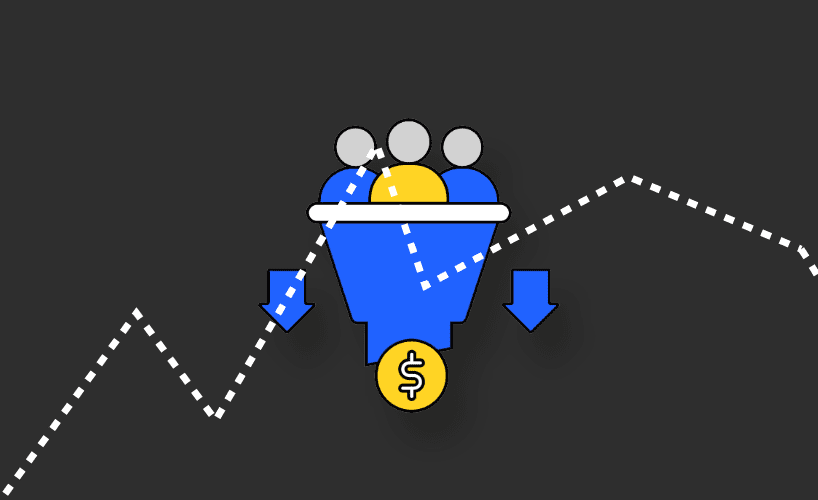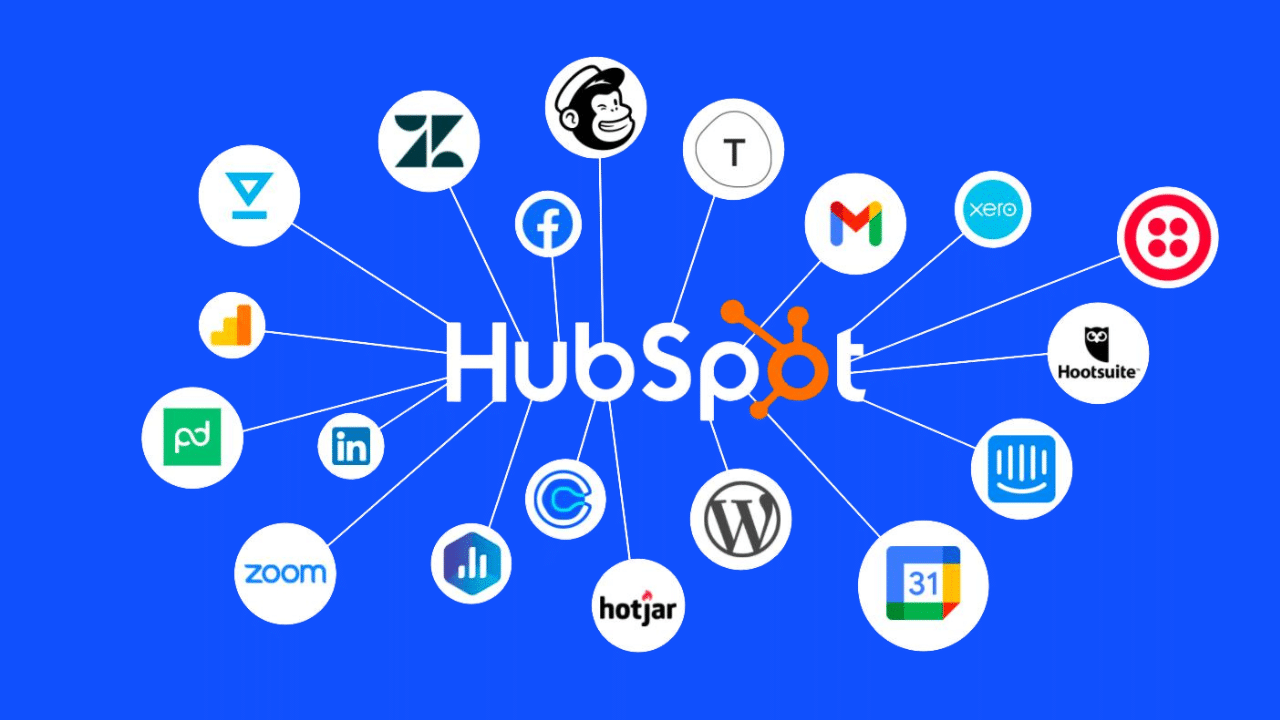
- Customer Experience, Customer Journey, Lead Generation
Recent articles
our mailing list
Master Lead Nurturing – From Lead Scoring To Drip Campaigns

Lead nurturing, lead scoring, and drip email campaigns may sound like complicated jargon, but don’t worry, we’ve got you covered.
Let’s get back to basics with some definitions:
Lead nurturing is the process of building relationships with potential customers to keep them engaged and interested in your brand.
Lead scoring is a system for ranking leads based on their level of interest and potential value to your business.
And drip email campaigns are a series of automated emails sent to leads over time to nurture them through the buyer journey.
So, let’s dive into how you can sharpen your marketing strategy with nurturing to convert those leads into loyal customers!
Creating an Effective Lead Nurturing Strategy
What is nurturing? Lead nurturing, and customer nurturing?
Before we dive into the juicy stuff, let’s first tackle the meaning of “nurturing” in marketing.
We’re not trying to introduce a fancy new term for the sake of it here.
But let’s be real, marketing can get pretty overwhelming, and clear definitions help us all out.
According to the dictionary, “nurture” means to care for and encourage growth and development, or to support and encourage during a period of training or development.
In the context of marketing, nurturing is a continuous communication process with your target audience throughout all stages of the customer lifecycle.
Enter lead nurturing, a process of building a relationship with your prospect through ongoing communication, which can ultimately lead to them becoming a customer.
It happens between the “Visitor” and “Customer” stages in the customer lifecycle funnel, and it’s up to the marketing team to take charge.
But we don’t stop there.
Once someone becomes a customer, we continue the communication to move them to the “Loyal Customer” stage.
This is what we call customer nurturing or Customer Success, and it’s the job of the customer success team to take care of it.
Basically, nurturing is a combination of lead nurturing and customer nurturing.
Head to our blog post on The Marketing Funnel for an in depth dive into aligning your marketing with each stage of the buyer’s journey.
There you’ll find out important bits such as:
- Defining the buyer journey
- Developing relevant content for each stage of the journey
(See it’s all coming together!)
Why Nurturing Is Key For Growth
Now, let’s address the elephant in the room – why is nurturing so important for growth?
Because every interaction with your target audience is nurturing, whether you’re nurturing leads or customers.
Even way back in the 1960s, the greatest car salesman in the world, Joe Girard, knew this.
He sold over 13,000 vehicles over 15 years by sending greeting cards to his customers every month.
That’s right, greeting cards!
He used a simple, yet super effective nurturing process to build loyalty and increase referrals.
And if Joe could do it back then, you can do it too with modern tools like email and social media.
Saving Time and Resources With Lead Scoring
The Importance Of Lead Scoring In A Nurturing Strategy
Picture this: you’re running a business and you’ve got a whole bunch of leads coming in – some are hot and ready to buy, while others are just browsing.
How do you know which ones to focus on?
That’s where lead scoring comes in!
It’s like a matchmaking game where you assign scores to each lead based on their interests, behaviour, and profile.
The higher the score, the more likely they are to buy, and the quicker you should be reaching out to them.
Now, here’s the exciting part:
By combining lead scoring with your killer lead nurturing strategy, you can skyrocket your sales and make your customers fall head over heels in love with your brand.
Lead nurturing keeps your prospects engaged and interested, while lead scoring helps you prioritise them and close deals faster.
Plus, with lead scoring, you can track how well your nurturing campaigns are doing and make adjustments as needed.
It’s like having your own personal Cupid, but for business!
Effective Lead Management
Essentially, effective lead management is crucial to ensuring that sales teams are spending their time and resources on the most promising leads.
This is even more important when dealing with a high volume of inbound leads.
As we’ve learned, lead scoring prioritises leads based on their potential value, allowing sales teams to focus on the most promising opportunities and increase their chances of closing deals.
Without a clear system for lead scoring and prioritisation, sales teams may waste time and resources on leads that are unlikely to convert, or miss out on valuable opportunities that are buried among less promising leads.
Implementing a Lead Scoring System
The Pain and Fit Model Overview
The pain and fit model of lead scoring is a great way to ensure that you’re targeting the right people with your marketing efforts.
Essentially, lead scoring uses a scientific approach to assess how much pain your product solves and how well your product fits the prospect’s needs.
Lead Score = FIT Score + PAIN Score
So, how do you use this model to score your leads?
First, you need to ask yourself some important questions:
- Does this prospect have a pain point that your product solves?
- How significant is this pain point compared to the other challenges they face?
Secondly:
- Is this prospect a good fit for your product?
- Do they have the budget to pay for it?
- Do they have the necessary resources to implement it successfully?
The level of pain and fit is what drives lead scoring.
Your lead score will show you how well a prospect fits your ideal customer profile and how much pain they are experiencing based on their behavioural data.
By using the pain and fit model, you can assign point values to each criterion and come up with a final lead score.
Key criteria for a prospects “Fit”
Measuring a prospect’s “Fit” comes down to selecting and scoring profile data, otherwise known as demographics.
The key demographics you should be collecting early in the marketing funnel include:
- Title
- Company
- Location
- Size
Each characteristic can carry a different weight depending on your company and product, and it’s important to consider this when assigning scores.
Think about the prospect’s email – is it a personal or corporate email?
Corporate emails tend to indicate a higher level of interest and communication at a company level, so they should receive a higher score.
How about their title?
Even if you don’t currently ask for a title, you can use a data enrichment solution to identify it.
A higher score should be assigned to prospects with titles such as manager, VP, or C-level, since they have a greater impact on the buying process.
Understanding a prospect’s company is also key.
Do you have a target list of companies?
If so, knowing if a prospect’s company is on that list can warrant a higher score.
Location is important as well – different markets may have varying profit potential.
And don’t forget about the size of the prospect’s company.
This can give insight into their potential revenue or buying power.
Key criteria for a prospects “Pain”
Alright then, let’s talk about the juicy details of Pain scoring! Pain scoring is based on two categories of behavioural data: product engagement and non-product engagement.
Let’s do some quick explanations:
Product engagement actions:
- The actions that prospects perform within your product, and this is where the real magic happens.
- These actions include things like returning to your product or completing core actions, such as creating or signing proposals.
Non-product engagement actions:
- The actions that the prospect performs outside of your product, like downloading a whitepaper, registering for a webinar, or even visiting your pricing information, FAQs, or documentation pages.
But be careful! You don’t want to give scores for trivial actions like simply visiting your website or opening drip emails, as these require little investment from prospects and are often driven by mere curiosity.
Using The Pain and Fit Model For Lead Scoring
Now remember, the higher the Pain (or interest), the higher the time investment a prospect is willing to make (which means they deserve a high lead score!)
So what should you do?
Well, look through the buyer journey and put together a list of engagement actions that you record in your product and website along with profile data (this takes into account both Fit and Pain).
Then identify which actions impact deal-closing the most.
Based on this probability to close, assign a score to each action.
For example, if downloading a whitepaper leads to 20% more chance of the deal closing then assign this action with a score of 20.
Simple!
Still confused about the engagement actions?
Let us give you some clear examples.
Good behavioural scoring:
- Free trial sign up
- Created document
- Signed received document
- Login
These are some engagement actions that should increase the Pain score of your prospect
Bad behavioural scoring:
- Keywords
- Email clicks
- Website visits
These metrics are trivial and don’t show whether a prospect truly finds your product or service to be a good solution for their Pain.
We’re not saying to ignore these engagements all together but they shouldn’t be a part of your lead scoring model.
Diving in to Drip Email Campaigns
Let’s talk about drip email campaigns – the powerhouse tool for nurturing and communicating with your prospects and customers.
Imagine this – you’ve just signed up for a free trial of a product, and suddenly you start receiving a series of emails over the first week or two.
That’s a drip email campaign!
These are automated emails triggered by either actions or specific time intervals.
The goal?
Consistently re-engage your audience with your product and keep them hooked.
But hold on, it’s not just about bombarding your subscribers with emails.
Segmenting Your Drips
Now, to create a drip email campaign that’s truly effective, segmentation is key.
Each campaign should have a clear purpose, and you can’t design them in isolation.
Rather, think of them as a comprehensive communication system that interacts with customers throughout their lifecycle.
It’s important not to overload prospects with too many emails, as the law of diminishing returns applies here.
The more frequently something is experienced, the less effective it becomes.
Types of Key Drip Campaigns
So, what are the primary categories of drip email campaigns?
Let’s dive into the three most common types and see how they can help you nurture your prospects and customers:
Welcome drip campaign.
The main goal of this campaign is to deliver the first unit of value (aka the ‘Aha’ moment) and guide the prospect through the sign-up process.
Once the user becomes an ‘active user’, you can stop this series of emails.
At this point, they understand your product’s value proposition, and the next step is to teach them how to get maximum value from your product.
User onboarding drip campaign.
This campaign is designed to encourage the prospect to complete the user onboarding process, improve their profile, and guide them through the steps required to receive the first unit of value from your product.
If the welcome campaign answers why the user should consider using the product, then the onboarding campaign guides the user on how to get the most value out of the product by providing more profile information and/or finishing certain user flows.
Nurturing drip campaign.
This campaign’s goal is to nurture prospects into reaching an SDR-ready score or signing up for a trial.
Prospects may not always come through your free trial gate, so downloading a marketing asset, such as a whitepaper, industry research, case study, or signing up for a webinar, is another way to start a communication process.
A Holistic Lead Nurturing Strategy
Lead nurturing, lead scoring, and drip email campaigns are all powerful tools to move your prospects down the funnel and turn them into customers.
But what if you combined these strategies to create a more effective approach?
By integrating lead nurturing, lead scoring, and drip email campaigns, you can create a holistic marketing strategy that engages your prospects and guides them towards a purchase.
So, are you ready to take your marketing to the next level?
If you’re unsure where to start then feel free to tap into our expertise here at Sydney Digital Marketing Agency™
.
We’re an entire team of marketing brain power coming together to create a a nurturing campaign that makes you grow.
Reach out to the team! Contact us today!








